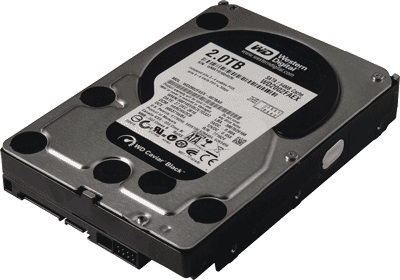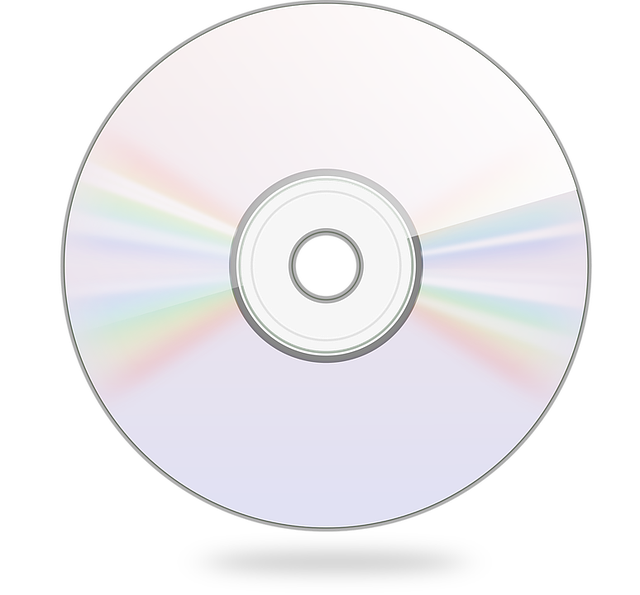Press F11 for fullscreen mode
And press space to go to the next slide
Notes to the speaker:
Memory
This is the topic of our today's presentation.
And we will be talking in depth about
-
DRAM | Dynamic RAM
-
SRAM | Static RAM
-
NVRAM | Non-volatile RAM
But we will start will a simple introduction on memory
We all know what memory is.
Computer memory is a physical device capable of storing information temporarily or permanently
For example, Random Access Memory (RAM), is a volatile memory that stores information on an integrated circuit used by the OS, software, and hardware
But there are so many other storage devices we know like
Hard Disk Drives
Pendrive | Flash Drives
Solid State Drives
RAMs
Cache Memory
CD-ROMs
DVDs
to

All these storage devices fall into one or the other category


Primary Memory
- volatile memory
- small capacity
Eg.: RAM
Secondary Memory
- non-volatile memory
- larger capacity
Eg.: ROM, HDDs, SDDs, flash drives
Categories
The topic of our discussion, DRAM, SRAM and NVRAM, they all fall under primary memory
So are all of them volatile memories?
Not Quite.
NVRAM or Non-volatile Random Access Memory is a type of memory that does not lose its data when power is cut off.
Unlike Static RAM and Dynamic RAM
About which we will be talking about later.
Moving on..
Now let's talk about Static RAM
Static Random Access Memory
It can store bits of data in its memory without any need of frequent recharging. This allows for better efficiency. And since processor does not need to wait to access data from the Static RAM during processing, it provides better performance as well. So it is used in a processor as cache memory.
So why aren't we using them as our main memory, if they are so fast?
And of course, the answer is because "It is expensive!".
But why?
In answer to a question on Quora, Joe Zbiciak, a processor and system architect
Why don't we use static RAM memory in the main memory too?
he answered
Long wires are slow wires, and SRAM bits take a lot of space. If you have too many SRAM bits, it takes too much space to be fast because it makes the wires too long.
Meaning if you wanted to reasonably construct gigabytes of memory out of, say, 64K blocks of SRAM and extend that fast level-1 cache performance to the bulk of memory it would slow down so much it would cause a data traffic jam.
SRAM becomes slower with larger memory size as you need to compress the circuit to fit in a small space
That's why Level 1 cache of a processor has 16K to 64K byte range, and Level 2 comes around 1,024 kilobytes and L3 even higher

And would require about 16384 of 64K of SRAM blocks to create a GB of main memory
So for our computers we use DRAM.
More specifically,
DDR SDRAM
Also known as
Double Data Rate Synchronous Dynamic Random-Access Memory
It's a type of memory we use on our computer and it is what we mean when we say RAM.
It requires electric current to maintain its electrical state or hold the bits of data.
This is also the memory where your CS:GO failures come to be erased 😂


And the latest version of this type of memory is DDR4 that comes with
- Higher chip densities
- Lower Power Consumption
- And Clock speeds leap and bound above DDR3 current up to 4266MHz in stock.
The last boost that DDR4 makes over DDR3 is the maximum limit of memory it can store on a single motherboard. In the best possible scenario, the theoretical maximum limit of a DDR3 configuration is 128GB, while DDR4 is said to be able to max out at four times that amount, at 512GB.
And finally
NVRAM | Non-volatile RAM
NVRAM is a memory that saves its stored data regardless of whether the power is turned off or not.

This type of memory is present in one form or the other, in every device we use. In our PCs or laptops, it is present aiding RTC/Real Time Clock (It is a battery-backed NVRAM that uses the CMOS battery to charge and store system settings such as the date and time) to display accurate time.
As EEPROM, which is used for the BIOS in many computers.
Ferroelectric RAM and Magneto resistive RAM are also types of NVRAM used for various applications.
NVRAM has less moving parts. So it requires much less power and is almost always faster than volatile memory for both reading and writing. But it requires a battery that will eventually need to be replaced. And as information is re-written to flash memory, it deteriorates and will eventually no longer work.
Pros and Cons
These memory technologies are moving forward really fast and improving a great deal. And we can be sure someday, we will get insane speed we see on SRAMs today on our regular DDR SDRAMs.
Someday...
Questions?
Then let's move to the ending of our presentation
Slides by Saugat
This guy is not here because the bus didn't arrive till 7:45. Thanks bus!
He went
Presented By Shiva
I hope
Reference
- Shutterstock: Photos
- Quora: https://www.quora.com/Why-dont-we-use-static-RAM-memory-used-in-cache-in-the-main-memory-too-when-cost-is-no-bound
- Wikipedia: DRAM, SDRAM, NVRAM
- Techquicky
Made with ❤ on reveal.js
An HTML presentation framework